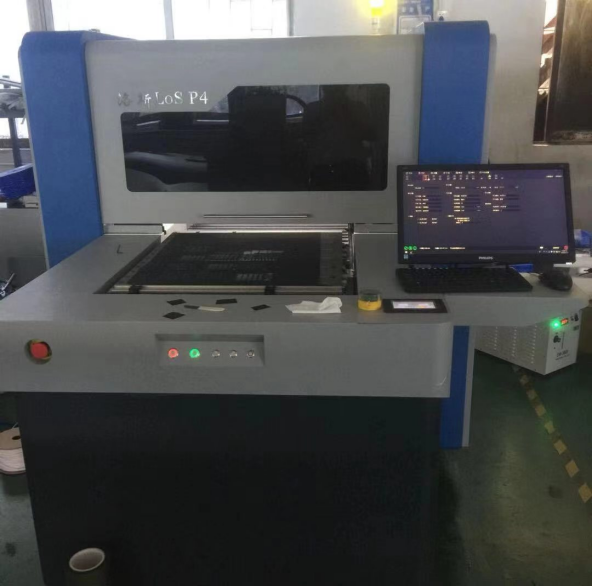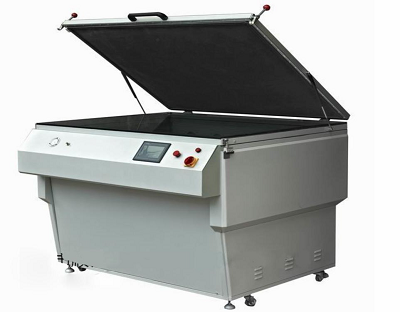Screen printing refers to the screen printing plate with pictures and texts made by using the screen as the plate base and using the photosensitive plate making method. Screen printing consists of five elements, screen printing plate, scraper, ink, printing stand and substrate. The basic principle of screen printing is that part of the screen can pass through the ink and part of the screen can not pass through the ink. When printing, pour ink into one end of the screen printing plate, apply a certain pressure on the ink part of the screen printing plate with a scraper, and at the same time move towards the other end of the screen printing plate at a constant speed. During the movement, the ink is squeezed from the mesh of the graphic part to the substrate by the scraper.
Silk screen printing is to stretch silk fabric, synthetic fiber fabric or metal screen onto the screen frame, and make screen printing plate by hand engraving paint film or photochemical plate making. Modern screen printing technology is to use photosensitive materials to make screen printing plates by means of photographic plate making (making the screen holes in the graphic and text parts of the screen printing plate as through-hole, but not the screen holes in the graphic and text parts blocked). Oil paintings, prints, posters, business cards, binding covers, commodity packaging, commodity signs, printed and dyed textiles, glass and metal and other plane carriers.
II, Classification of plate making methods:
- Direct plate making method;
Methods: The method of direct plate making is to first place the photosensitive film of the wrist plate base coated with photosensitive material on the worktable face up, lay the stretched wrist screen frame flat on the plate base, then put photosensitive paste in the screen frame and apply pressure with a soft scraper. After fully drying, remove the plastic plate base, attach the photosensitive film to the wrist screen, and then use it to print the plate. After developing and drying, the screen printing plate is made.
Process flow: Stretched screen – degreasing – drying – peeling substrate – exposure – development – drying – revision – blocking
- Indirect plate making method;
Methods: The indirect plate making method is to first expose the indirect film, harden it with 1.2% H2O2, develop it with warm water, and then dry it to make a strippable graphic negative. During plate making, stick the adhesive film surface of the graphic negative film tightly to the stretched screen, press it to make the adhesive film stick to the wet screen, uncover the film base, and dry it with wind to make a screen screen.
Technological process:
Stretched mesh – degreasing – drying-Indirect film – exposure – hardening – development — laminating — drying — revision — blocking
- Straight mixed plate making method
First, paste the photosensitive adhesive layer on the screen frame with water, alcohol or photosensitive adhesive, dry it with hot air, remove the substrate of the photosensitive film, and then print the plate. After developing, the screen plate is made.
III, Working principle:
Screen printing consists of five elements, namely screen printing plate, scraper, ink, printing stand and substrate. The basic principle of screen printing is to use the basic principle of screen printing plate that part of the screen text is ink permeable and part of the screen text is ink impermeable. When printing, pour ink on one end of the screen printing plate, apply a certain pressure on the ink part of the screen printing plate with a scraper, and move towards the other end of the screen printing plate. The ink is squeezed onto the substrate from the mesh of the graphic part by the scraper during the movement. The printing mark is fixed within a certain range due to the viscosity of the ink. During the printing process, the scraper is always in linear contact with the screen plate and the substrate, and the contact line moves with the scraper. Since a certain gap is maintained between the screen plate and the substrate, the screen plate during printing generates a reaction force on the scraper through its own tension, which is called resilience. As a result of the rebound force, the screen plate and the substrate are only in a movable line contact, while other parts of the screen plate are separated from the substrate. The printing ink and the screen are broken to ensure the dimensional accuracy of printing and avoid rubbing the substrate. When the scraper scrapes the whole page, it will be lifted, and the screen printing plate will also be lifted, and the ink will be gently scraped back to the original position. This is a printing trip.





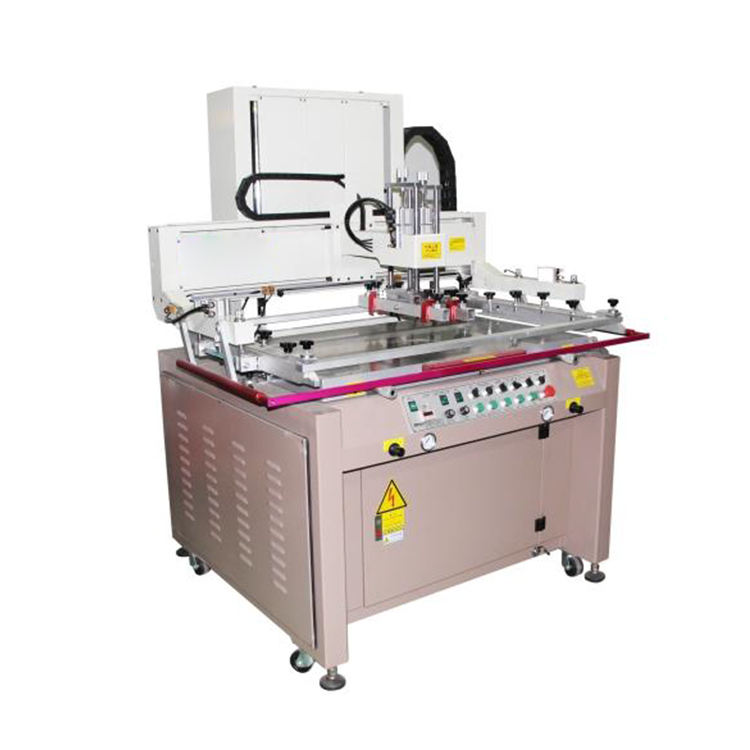
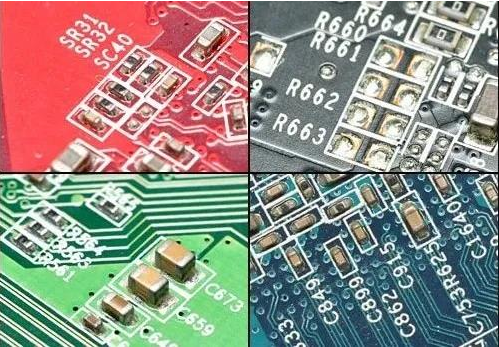
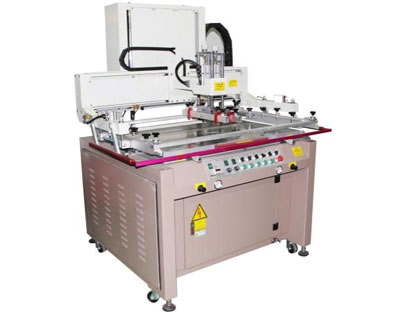
 Oct. 10, 2020
Oct. 10, 2020 